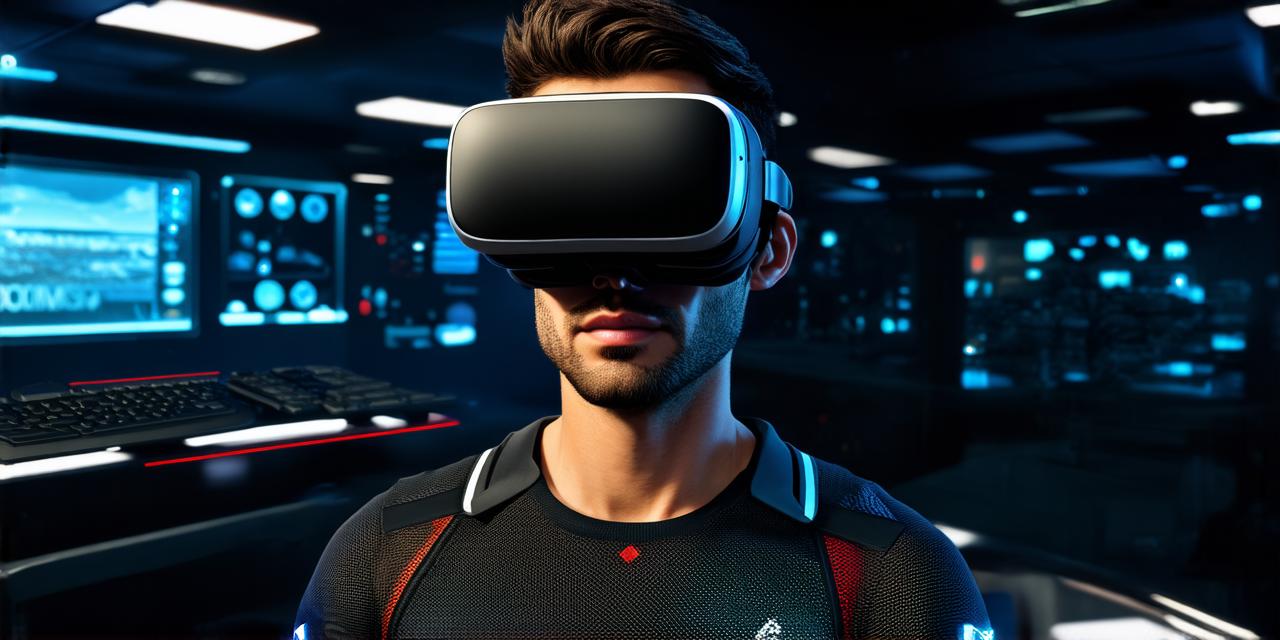Virtual Reality (VR) is a rapidly growing technology that has already shown significant potential for various industries such as gaming, education, healthcare, and more. But who exactly is the target audience for virtual reality? In this article, we will explore the different demographics and interests of VR users to give you a better understanding of who is the target audience for virtual reality.
Gaming Industry:
The gaming industry is one of the largest consumers of virtual reality technology. Gamers are often early adopters of new technologies and have been quick to embrace VR as a way to immerse themselves in their games and create more realistic experiences. The target audience for VR gaming includes both casual gamers and hardcore enthusiasts, with a wide range of interests from first-person shooters to adventure and simulation games.
Education Industry:
Virtual reality has the potential to revolutionize education by creating immersive learning experiences that engage students and help them to better understand complex concepts. The target audience for VR education includes students of all ages, from K-12 to post-secondary. Virtual reality can be used in a variety of subjects such as science, history, language arts, and more, making it accessible to a wide range of learners.
Healthcare Industry:
Virtual reality has the potential to transform healthcare by providing immersive experiences that can help patients to cope with pain and other medical conditions. The target audience for VR healthcare includes both patients and healthcare providers. Virtual reality can be used for a variety of purposes such as pain management, physical therapy, and mental health treatment, making it accessible to a wide range of individuals.
Tourism Industry:
Virtual reality has the potential to revolutionize the tourism industry by providing immersive experiences that allow people to explore new places and cultures without ever leaving their homes. The target audience for VR tourism includes travelers of all ages, from young adventure seekers to retirees looking for a low-key vacation. Virtual reality can be used to create virtual tours of museums, historical sites, national parks, and more, making it accessible to people around the world.
Summary:
In conclusion, virtual reality is a versatile technology that has the potential to appeal to a wide range of demographics and interests. While gamers may be the first to embrace VR, its potential applications extend far beyond the gaming industry. By creating immersive experiences in education, healthcare, tourism, and other industries, virtual reality can help people to learn, heal, and explore in new and exciting ways. So, who is the target audience for virtual reality? The answer is everyone – from gamers to students, patients to travelers, and everyone in between.
